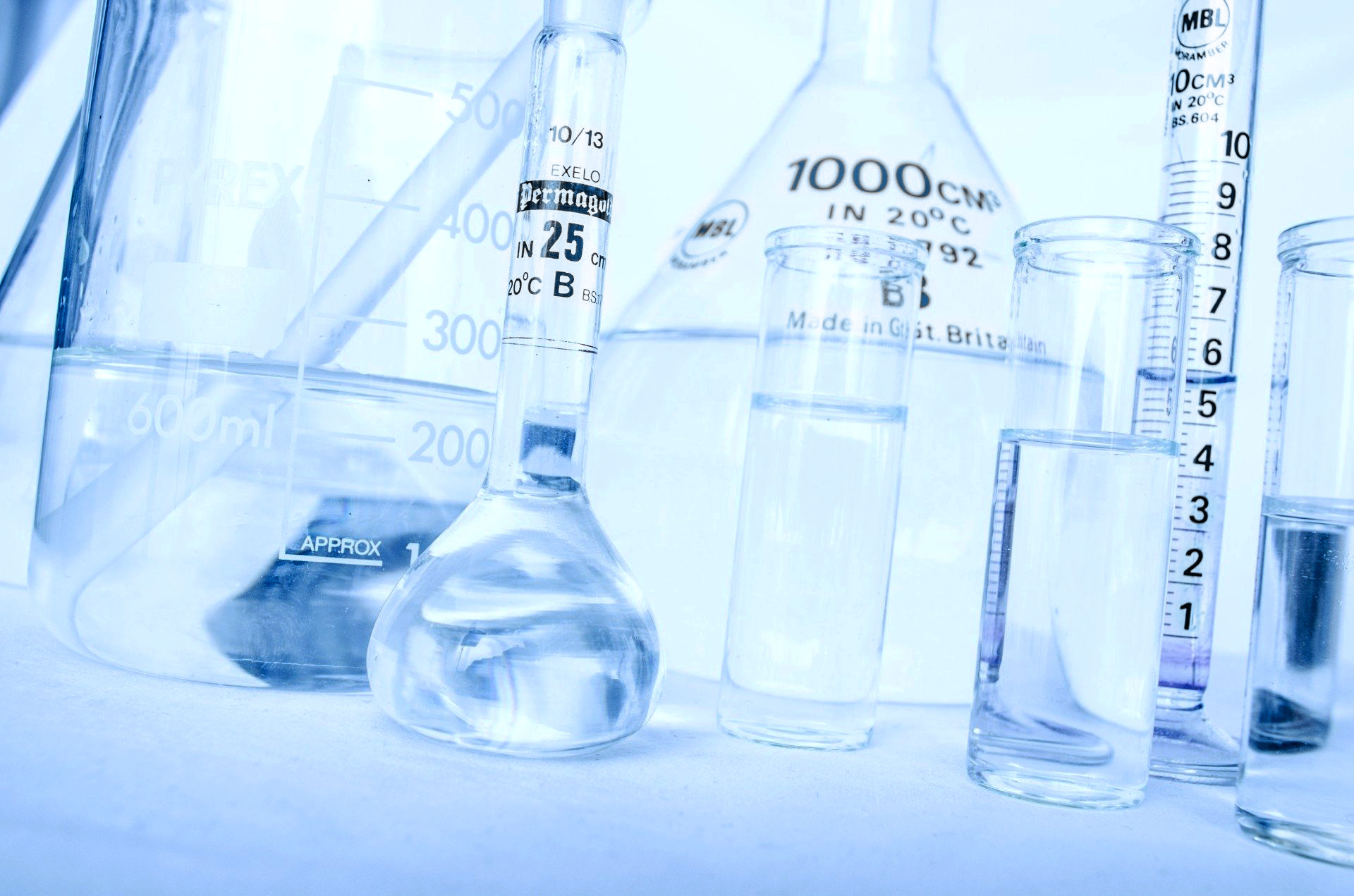Disinfection
To be effective, a gel must contain at least 60% v/v alcohol or have been tested according to the NF EN 14476 which attests to its virucidal nature. In addition, it must be labelled as a "biocide" or "disinfectant". Only products that comply with biocide regulations guarantee the eradication of bacteria or viruses.
The composition should be as short as possible, ideally 4 ingredients. Three types of alcohol are preferred: ethanol, propranol and isopropranol.
A good hydro-alcoholic gel should not stick and should evaporate quickly.
In addition, homemade gels should be avoided because their dosage is often inaccurate.
According to the AFNOR standard, a disinfectant must reduce a bacterial inoculum by 5 logs, a fungal inoculum by 4 logs, a viral inoculum by 4 logs and a spore inoculum by 5 logs. Therefore, after disinfection, an object can still be a carrier of micro-organisms if the initial inoculum is high.
Cleaning involves using soap and water, or detergent, to remove impurities. This process can kill bacteria, but not completely.
The purpose of disinfection is to kill germs on a surface using chemicals. It is necessary to clean before disinfecting.
Avoid using sponges or soaking the cloth in the same bucket of dirty water. It is better to use several disposable or reusable cloths, which are soaked in disinfectant solution and then washed or thrown away after use.
It is best to avoid spraying the surface to be cleaned as this can cause respiratory irritation.
Yes, at least gloves must be worn. These are discarded from the disinfection, and the person must wash their hands with water. If they are reusable gloves, they must be marked with the person's name, washed after use and dried inside out.
Some products require additional equipment, please refer to the instructions. Our range requires work equipment and protective glasses.
Yes, it is better to clean the surfaces first, because even if they look clean to the naked eye, there may be microscopic dirt that would prevent the disinfectant from working.


